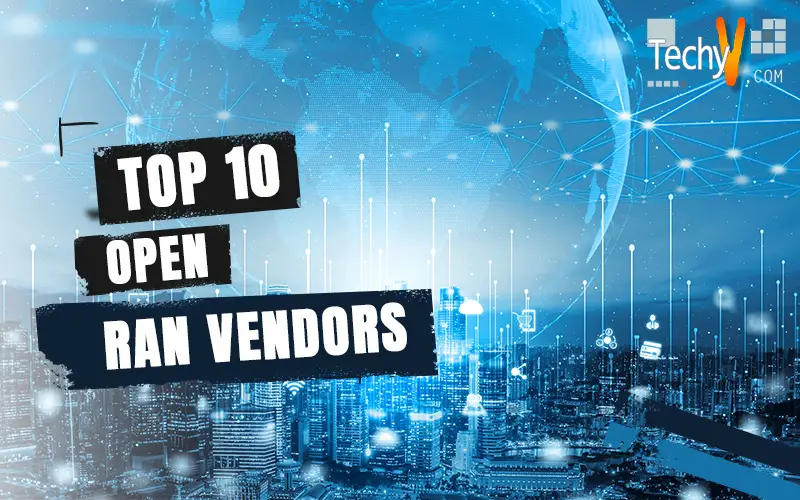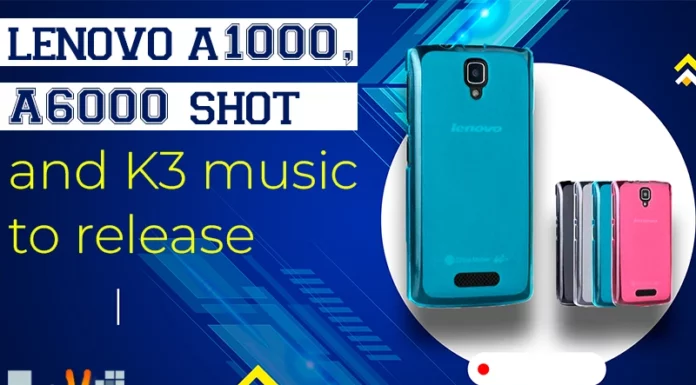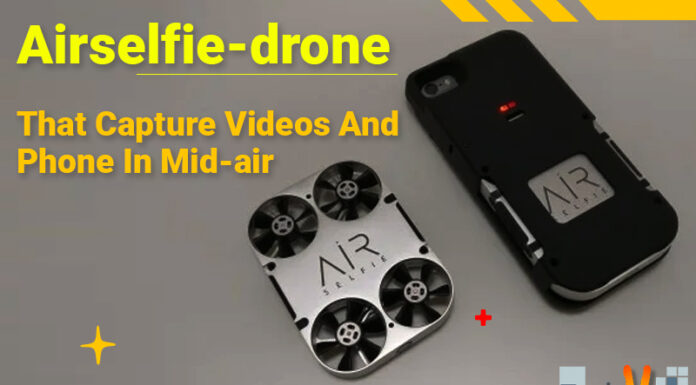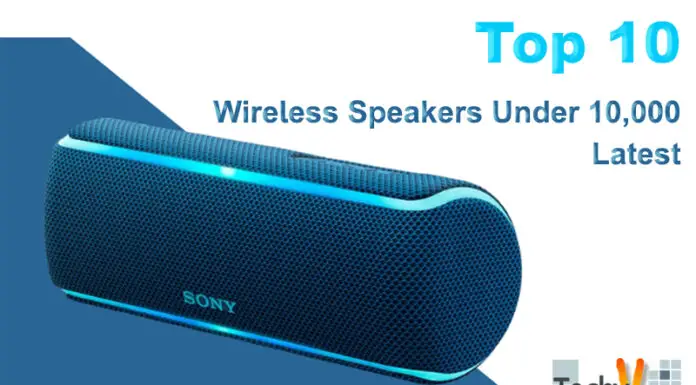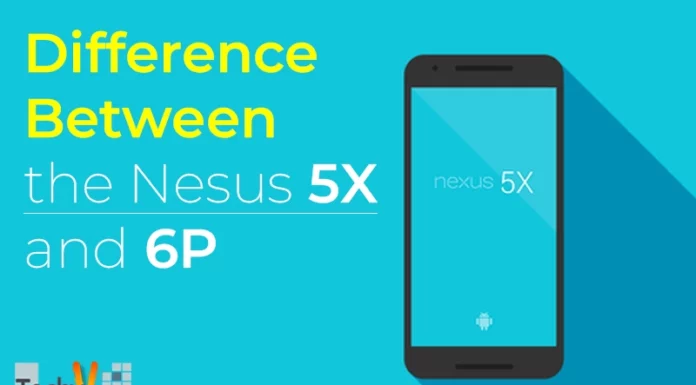It gets harder and harder to keep up with vendor deployments and individual product offers as the RAN ecosystem develops. This article features ten different businesses that provide RAN solutions. With our interactive NFV Vendor Landscape Tool and NFV Deployment Tracker at STL Partners, we make this easier to understand. Visit our Telco Cloud hub and look at our NFV Vendor Landscape tool, which we constantly update, for more information.
1. ASOCS
Through the development of end-to-end cellular vRAN solutions, ASOCS’s flagship product, Cyrus 2.0, provides 4G and 5G connectivity. Through ASOCS’s virtualized private network hosting capabilities or indirectly on behalf of mobile network operators, the single software solution is positioned to provide organizations with flexibility, high network reliability, and low latency solutions directly. In addition, ASOCS works on development and testing projects for the Cloud-RAN with mobile operators, including China Mobile. In addition, ASOCS participates in several collaborations, including Cisco’s Open vRAN Ecosystem, which supports the development of fully virtualized, NFC-compatible virtual base station solutions for macro- and in-building wireless networks. To provide complete stack solutions to enterprise and telecom customers, STL (Sterlite Technologies Ltd.), a network solutions provider and integrator, recently invested in and collaborated with ASOCS. In addition, STL’s services and system integration experience will be integrated with ASOCS’s vast vRAN 5G portfolio to enable a new generation of best-in-class virtualization solutions for radio.

2. Airspan
Manufacturer of software and hardware for 4G and 5G networks, Airspan’s products range from integrated software platforms like OpenRANGE SW to network hardware like RRUs and DUs. The devices use technologies including Massive MIMO, Sub-6 GHz, mmWave, and Open vRAN designs. For projects including rural network deployment, indoor connectivity, fixed access, backhaul, and IoT applications, Airspan delivers end-to-end flexible RAN solutions. With the rollout of 5G, Airspan hopes to give internet service providers, carriers, and businesses its cloud-native open architecture solutions, which it claims will drastically lower CAPEx and OPEx. In the Open RAN ecosystem, Airspan has been a significant player. The business recently teamed with Altiostar Networks to accelerate the commercialization of Open RAN 4G and 5G platforms by utilizing their combined vRAN and intelligent radio technologies. Recently, the relationship has had success. Together with Rakuten, the pair has created the first commercial cloud-scale web-based virtualized network by linking thousands of locations all over Japan. It will be intriguing to see how the team will continue to disrupt the established quo, given their claims to advocate innovation, distinctive network features, and improved economics.

3. Altiostar
A best-of-breed multi-vendor web-scale network is made possible by Altiostar’s 4G and 5G open virtualized RAN software solutions, which support available interfaces and disaggregated hardware. The technology supports indoor and outdoor massive MIMO, macro, and small cells to enhance network performance and provides interference management and dual connectivity. With tremendous success in Japan, where the firm supported the first cloud-native mobile network in the world with Rakuten, Altiostar has been implemented abroad.
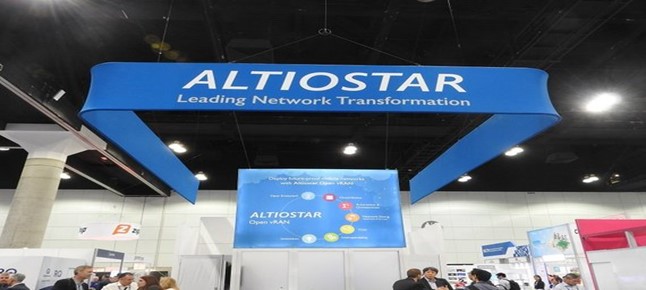
4. Casa Systems
Providing end-to-end solutions for the next generation of centralized, distributed, and virtualized architectures for cable, broadband, fixed-line broadband, and wireless networks is Casa Systems, a maker of 5G hardware and software solutions. Their APEX RAN systems support CBRS and licensed LTE bands, which offer coverage for private houses, commercial buildings, and public places. The integration of these solutions with Casa’s Axiom Software platforms allows for managing user plane traffic, equipment cluster capabilities, VNF integration, and real-time location services. Casa strongly emphasizes innovation, especially with the advent of 5G. To address capacity and coverage issues in crowded cities, the firm has created high-powered tiny cells, which it claims can considerably lower the cost of 5G implementation. For instance, Casa’s Apex RAN 5G Metro solution, which was just unveiled, is positioned to address coverage and capacity concerns in regions where several NR and LTE devices are present. The innovation was on display at the 2019 Mobile World Congress in Barcelona.
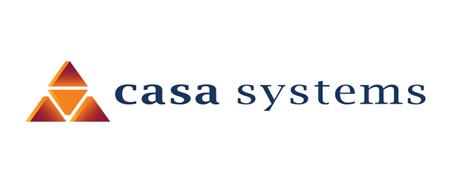
5. Ericsson
Basebands, radio processors, and the radio access processing platform Ericsson Radio System make up Ericsson’s RAN offering (ERS). The company provides end-to-end deployment options for both NSA and SA 5G, which is possible remotely through ERS. Ericsson has made considerable investments to incorporate artificial intelligence (AI) into its range of products because it thinks that AI can assist operators in three critical areas of performance improvement: network architecture, network optimization, and RAN algorithms. The business, which competes fiercely with other big manufacturers like Huawei, has been involved in numerous large-scale 5G RAN deployments in important markets like Germany, Oman, and the United Kingdom. Recent 5G rollouts by Ericsson for Orange Spain took place in Madrid and Barcelona, with ambitions to expand across the country over the following four years. A 5G Evolved Packet Core from Ericsson is still being provided to Orange, Spain, to enable 5G New Radio NSA, including the control plane, user plane, and policy network operations.
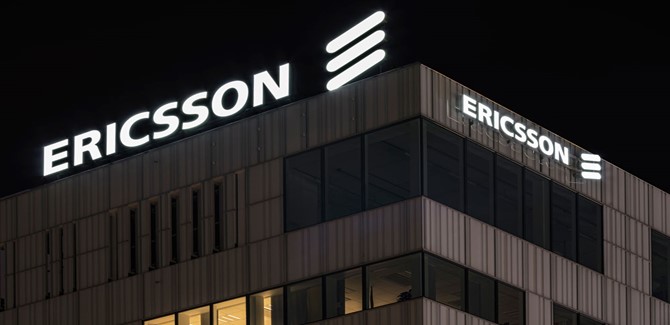
6. Intel
The Intel FGPA suite, which includes numerous configurable integrated SRAM, high-speed transceivers, logic blocks, and routing, forms the core of Intel’s offering for wireless 5G deployment options. When combined with Intel’s Quartus Prime Design Software, the equipment’s built-in intellectual property (IP) enables operators to realistically test various CRAN design implementation scenarios and identify the most cost-effective options with less risk. More recently, Intel partnered with VMWare to use its integrated software platform to assist MNOs in developing current LTE and upcoming 5G networks. The two hope to give communication service providers shortened development cycles and scale across numerous designs through collaboration. Additionally, to promote the development of Open RAN 4G and 5G technologies, Intel recently announced another critical ecosystem cooperation with businesses like Telefonica, Altiostar, and others. Toward the end of this year, Intel will assist Telefonica’s 4G and 5G Open RAN experiments in several countries using its FlexRAN platform and Xeon processor-based servers, potentially opening up a new avenue for virtualized 5G network delivery.

7. Nokia
Nokia’s AirScale Radio Access portfolio offers cellular service providers (CSPs) end-to-end network deployment solutions and supports all radio access technologies, including both NSA and SA 5G networks. One of these technologies is AirSpan Cloud RAN, which virtualizes the distributed and central 5G units and supports flexible scalability, capacity, and real-time cloud-based processing capabilities. The O-RAN Alliance, 3GPP, Linux Foundation’s ONAP, and ETSI’s Multi-access Edge Computing (MEC) program are just a few of the partnerships where Nokia plays a significant role in contributing to the research and development of new network technologies. Recently, Nokia and AT&T collaborated to develop the RAN Intelligent Controller (RIC) using the O-RAN architecture and open-source software. The RIC platform’s policy-guided, closed-loop automation will boost network optimization capabilities. Nokia and Intel successfully tested the first over-the-air data session delivery in a fully virtualized RAN trial environment over the past year. The study advances the development of scalable 5G network solutions by combining Intel’s processor-based platforms with Nokia’s AirScale all-in-cloud base station and, later, virtual baseband processing.

8. Parallel Wireless
Parallel Wireless’ OpenRAN solutions provide end-to-end services for developing a virtualized network. The company enables mobile operators to replace outdated 2G, 3G, or 4G systems with an integrated, fully virtualized OpenRAN system that can be centrally monitored by Parallel Wireless network software when combined with software-defined hardware. In addition, the platform’s OpenRAN controller makes it possible to use network intelligence features like network orchestration, analytics, and optimization for quicker time-to-market deployments. In the Open RAN arena, where Parallel Wireless has been engaged, partnerships now exist with critical mobile operators like Etisalat, Vodafone, and Telefonica. According to the firm, the “All G” open RAN solution from Parallel Wireless enables the convergence of all 2G, 3G, 4G, and 5G technologies into a single, unified software platform, eliminating the need to maintain legacy networks devoted to a single technology. Similarly, Orange has chosen the business to participate in a multi-country effort to expand current coverage throughout the Central African Republic. Through their collaboration, Orange and Parallel Wireless hope to implement the IDEAL (Include Digital In Every African Life) program, which supports connecting the offline.

9. Radisys
The Open RAN space has seen activity from Radisys. Focusing on the O-RAN Alliance, the American telecoms solutions provider has been working to establish the 5G NR stack reference architecture with China Mobile and AT&T. The company has been the first contributor to this initiative by publishing its Open 5G Software seed code. As a result, the O-RAN ecosystem will grow more quickly, enabling the release of open APIs and architectures that mobile operators may use to hasten the rollout of 5G networks. The code has been the cornerstone of many presentations that have been presented so far. More recently, a RAN slicing showcase encompassing several traffic streams with various latency needs on a single RU connected to numerous CUs/DUs in a disaggregated network architecture has been successfully demonstrated by Radisys in collaboration with KDDI Research. In addition, the technology will play a crucial role in enabling use cases like augmented reality, IoT-driven connection, and essential services that call for high data speeds and throughput while preserving low latency.

10. Samsung
Samsung participates in large-scale deployment tests, conferences, and, most recently, the commercialization of a new carrier-grade, fully virtualized 5G RAN solution. Samsung is an active member of the Open RAN community. In addition, the Korean IT powerhouse has led numerous significant partnerships and agreements with telecom behemoths Verizon and AT&T, and its focus on creating a vendor-agnostic ecosystem has been favorably appreciated. Vendors from Europe have an advantage over their Chinese counterparts as US-China relations escalate, but lost opportunities like these will only widen the gap in the vendor community. Surprisingly, despite recent success, Samsung has still been asked to assist numerous other significant American network installations, including T-extensive Mobile’s 5G network upgrade. The Korean giant supports deployments elsewhere, including Telus in Canada, KDDI in Japan, and Spark in New Zealand, so this is okay. In other news, Samsung recently revealed a fruitful partnership with AT&T to show off an open-interface strategy for deploying 5G. The solution that uses Samsung’s network hardware and the upgraded Common Public Radio Interface (eCPRI) opens up new opportunities for CSP-vendor partnerships. It would be fascinating to observe how the industry, especially suppliers, may adjust their methods to capture a larger 5G market as Samsung takes a collaborative approach to building its open RAN technology.




